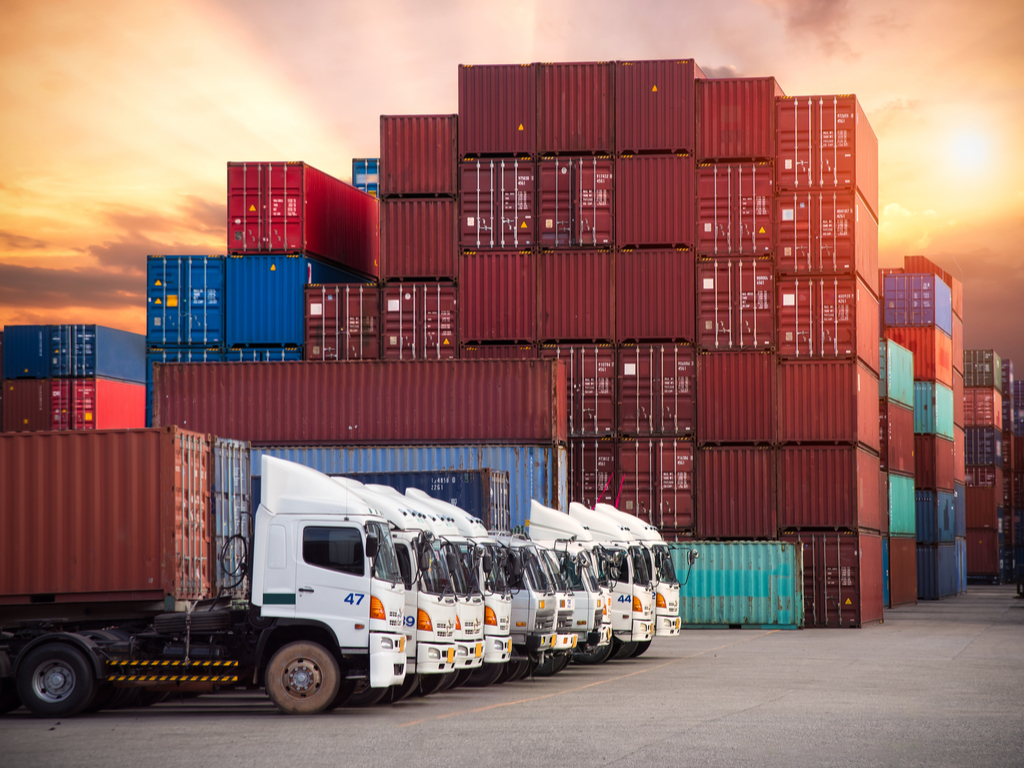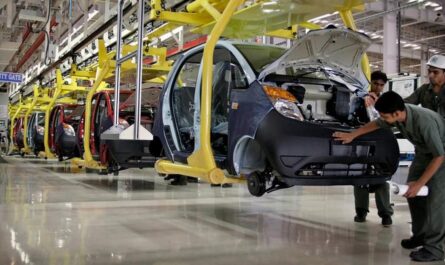North America is one of the largest automotive in the world led by the United States, Canada, and Mexico. The automotive industry plays a significant role in the economies of all three countries by employing millions of workers and contributing hugely to their GDP. Some key facts about the automotive industry in each country:
United States: The US automotive industry employs over 900,000 workers and contributes around 3% to the country’s GDP. The US is home to the Detroit Big Three – General Motors, Ford, and Fiat Chrysler Automobiles which have dominated the American car for decades.
Canada: Canada is among the top 10 auto producing nations globally. The Canadian automotive industry employs over 125,000 workers directly and contributes over 15 billion CAD to the GDP annually. Major automakers like Ford, GM, FCA, and Toyota have manufacturing facilities across Ontario and other provinces.
Mexico: Mexico has emerged as a major player in the North American automotive industry with over 30 vehicle and auto parts plants established by international automakers. Auto manufacturing is one of the biggest employers and contributors to the Mexican economy. Companies like Nissan, Volkswagen, and BMW have large factories in Mexico.
Automotive Logistics in North America
The large size and integrated nature of the North America Automotive Logistics industry necessitates a complex network for logistics and transportation of parts and vehicles within the continent. Here are some key aspects of automotive logistics in the region:
– Just-in-time manufacturing: Automakers follow lean manufacturing principles with minimal inventory through an optimized just-in-time delivery system of parts from suppliers located nearby. This requires an efficient logistics network.
– Intercity transportation: Parts and components are transported regularly between cities and across national borders via trucks, trains and ships. Major transportation hubs include Detroit, Chicago, Ontario, and Mexico City.
– Rail freight: Class 1 freight railroads like Union Pacific and BNSF Railway transport a large volume of automotive parts and finished vehicles between factories and ports using specialized private rail cars.
– Port facilities: Major ports in cities like Baltimore, Vancouver, Veracruz handle millions of automotive parts and vehicles imported/exported annually within North America and from other regions. Specialized terminals facilitate transport of automotive freight.
– Cross-border shipments: Vehicles and components freely cross borders between the US, Canada, and Mexico due to NAFTA. Over 15 million vehicles and billions worth of parts crisscross borders annually for production and trade within the integrated.
– Third-party logistics: Automakers outsource parts of their logistics operations to 3PL logistics specialists who handle transportation, storage, and coordination of shipments through multi-modal networks across the region in an optimized manner.
Inbound and Outbound Logistics of the Automotive Supply Chain
The complex automotive supply chain in the integrated North America Automotive Logistics involves parts being shipped inbound to vehicle assembly plants from multiple component suppliers while finished vehicles move outbound to dealerships and export s. Here is a look at some aspects of inbound and outbound flows:
Inbound logistics:
– Tier 1 parts suppliers source raw materials from their own suppliers in North America and globally.
– Complex electronic components and engine parts are imported from Asia, Europe in huge container ships and moved inland.
– Basic stamped metal components and plastic parts are typically trucked shorter distances from regional Tier 2 and 3 suppliers.
– Rail freight plays a major role in transporting heavy transmission components between Midwest cities housing many drivetrain plants.
Outbound logistics:
– Finished vehicles roll out of assembly plants into staging areas for further transportation planning.
– Rail freight remains the preferred mode to transport full loads of new vehicles over long distances for export and to major urban.
– Truckload shipping is optimized through route planning software to deliver vehicles from plants to dozens of dealers in a region.
– Ports like Lazaro Cardenas in Mexico see a large number of vehicles being exported overseas to Latin American and European.
– Cross-border vehicle trade to satisfy consumer demands across North America happens through special border infrastructure and checkpoints.
Evolving Trends in North America’s Automotive Logistics
Like the industry itself, the automotive logistics sector in North America is also undergoing changes to tackle new challenges and leverage technology:
– Shift to electric vehicles is impacting transportation of heavy battery packs and other specialized components requiring different handling.
– Data-driven technologies are helping optimize multi-modal shipments, reduce empty miles, integrate supply chain partners on shared platforms.
– Focus on sustainability has led to initiatives utilizing renewable biofuels for trucks, electric yard equipment, route efficiency to lower carbon footprint.
– Advanced analytics and AI are enhancing demand, predictive maintenance of logistics assets like rolling stock.
– Blockchain applications are exploring benefits of increased transparency and traceability across extended automotive supply chains.
– Labor challenges require new approaches like driverless transport between facilities to cope with disruptions.
– Regionalization trends necessitate reorganizing networks as companies evaluate reshoring or localizing more production.
*Note:
1. Source: Coherent Market Insights, Public sources, Desk research
2. We have leveraged AI tools to mine information and compile it




